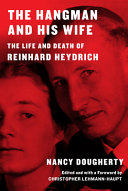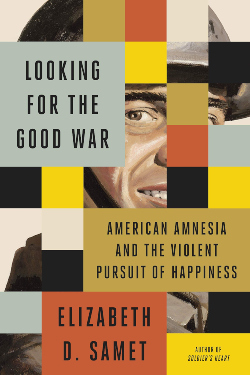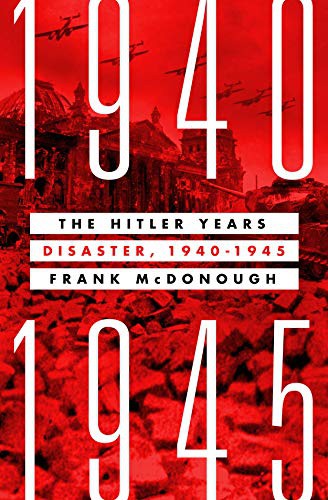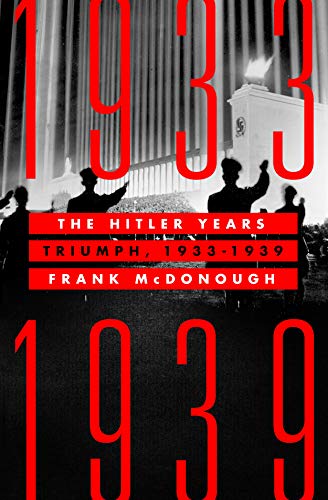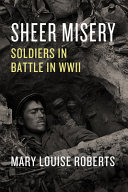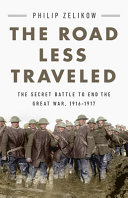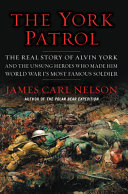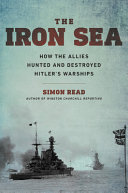Frederic Krome
60 Articles
Last 30 days
Last 6 months
Last 12 months
Last 24 months
Specific Dates
From:
To:
PREMIUM
The Hangman and His Wife: The Life and Death of Reinhard Heydrich
A dual biography that will have wide appeal for fans of World War II history. Recommended for all libraries.
PREMIUM
Looking for the Good War: American Amnesia and the Violent Pursuit of Happiness
A thought-provoking, thoroughly researched work that asks readers to reconsider World War II mythology. Samet's analysis, solidly based in pop culture, will be welcomed in public library collections and will appeal to readers of military history.
PREMIUM
The Hitler Years: Disaster, 1940–1945
This is a lengthy book, which sometimes moves from event to event and from subject to subject without any transitional passages. This is, however, a minor criticism, as McDonough packs a great deal of information into a narrative that still manages to hold readers’ attention throughout. Pair with the first volume for a solid history of World War II.
The Hitler Years: Triumph, 1933–1939
McDonough largely succeeds in writing a nuanced overview of the early days of Nazi Germany and creating a work that will bridge the divide between popular and academic audiences. It will pair well with the second volume, The Hitler Years: Disaster, 1940–1945.
Sheer Misery: Soldiers in Battle in WWII
This accessible account, based on a solid foundation of primary and secondary sources, offers a fascinating window into the world of combat soldiers, shorn of nostalgia. A welcome purchase for libraries, and a must for readers interested in firsthand perspectives of World War II.
PREMIUM
The Road Less Traveled: The Secret Battle to End the Great War, 1916–1917
This thought-provoking history is based on vast primary sources, and while the narrative sometimes bogs down in excessive detail, Zelikow’s sharp account brings World War I into focus and raises a number of fascinating “what if” scenarios. Recommended for all extensive history collections.
PREMIUM
The York Patrol: The Real Story of Alvin York and the Unsung Heroes Who Made Him World War I’s Most Famous Soldier
A flawed work that will probably best suit World War I completists.
PREMIUM
The Iron Sea: How the Allies Hunted and Destroyed Hitler’s Warships
Overall, an engaging history recommended for all U.S. history and World War II collections.
PREMIUM
Hitler’s True Believers: How Ordinary People Became Nazis
As with his earlier book, Backing Hitler, Gellately substantively revises our understanding of the process whereby average Germans became active participants or indifferent bystanders to Nazi atrocities. This work, an impressive synthesis of scholarship and archival sources, will be beneficial for all libraries.
ALREADY A SUBSCRIBER? LOG IN
We are currently offering this content for free. Sign up now to activate your personal profile, where you can save articles for future viewing

